Researchers in the UK have electrospun white wheat flour into nanofibers they say could find use as biodegradable bandages. Moreover, at just 372nm in diameter, the team calculate their ‘nanopasta’ is ‘approximately a thousand times’ thinner than su filindeu, the thinnest pasta to be made by hand.
Owing to their favourable mechanical properties and ease of chemical modification, starch nanofibers have a multitude of potential uses as nanofiltration membranes, carbonised supercapacitor electrodes and biomedical materials. But to obtain pure starch for such applications, the original plant material must undergo energy-, water- and cost-intensive extraction and purification processes to remove extraneous proteins, sugars and fats.
In the hunt for a more sustainable process, the team of researchers from University College London and Imperial College London began experimenting with electrospinning wheat flour. Electrospinning is a fabrication process that uses an electric charge to draw very fine fibres from a liquid. They found a 17% weight solution of flour dissolved at 32°C behaved best and avoided issues with viscosity or dripping, and that adding formic acid disrupted the complex structural chemistry of starch to allow for electrospinning.
The resulting mat of wheat nanofibers exhibits similar surface morphology and chemical behaviour to pure starch nanofibers. Moreover, it’s significantly less energy intensive to produce and does not create contaminated water.
References
This article is open access
B Britton et al,Nanoscale Adv., 2024, 6, 6129 (DOI: 10.1039/d4na00601a)


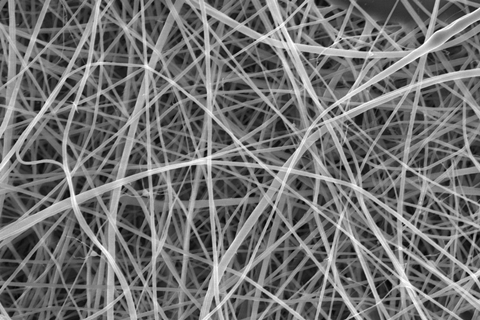


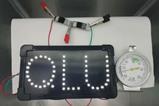

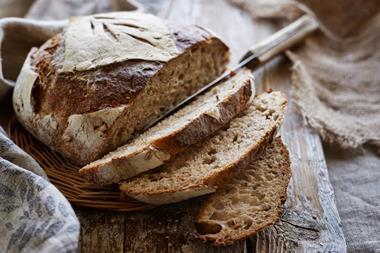
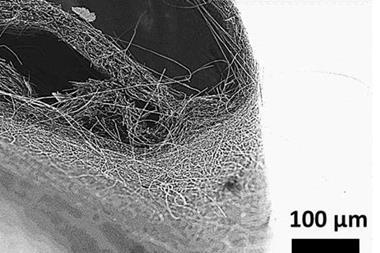



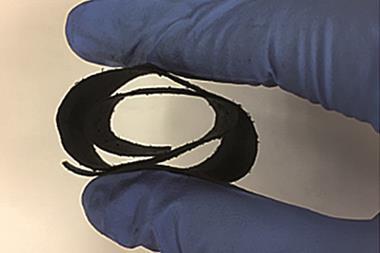

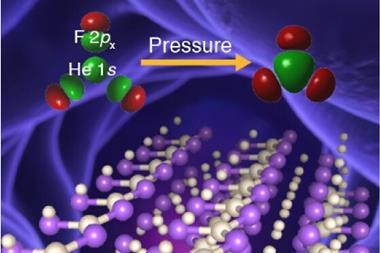

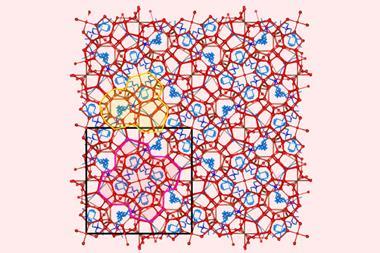


No comments yet